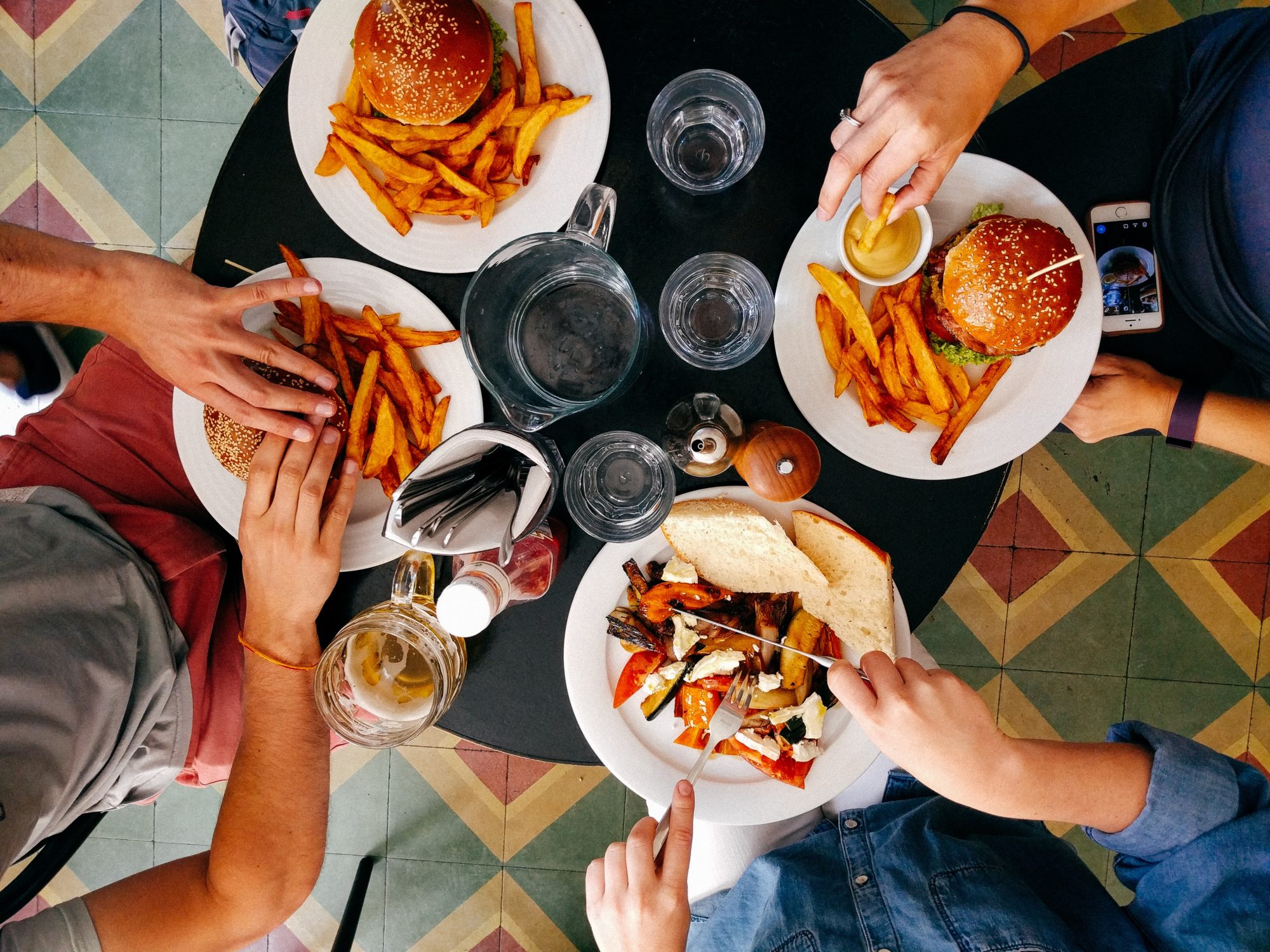
Editor’s Note: This post was updated on March 15, 2018, for accuracy and comprehensiveness. It was originally published on October 16, 2015.
- Your Basal Metabolic Rate (BMR) is the number of calories you burn at rest.
- The safest way to handle a caloric reduction for fat loss is to reduce your intake by something marginal and being consistent.
- To optimize your BMR for lean body mass gain, you need to exceed the number of calories you require each day.
When people decide they want to get into shape, the first thing they typically do is sign up for a gym. They start off with great excitement, vowing to hit the treadmill or weight room every day. They keep this up for a couple of weeks, but when the changes don’t come, the enthusiasm wanes. Every day becomes three times a week. Three times a week becomes “I’ll go when I have time.” Before they know it, they’ve given up.
Sound familiar?
The reasons for giving up a fitness program are many, and not seeing results fast enough is one of the most common reasons to quit. However, many people forget one extremely important foundation for their weight loss program: their diet.
Perhaps you’ve heard the expression “six-pack abs are made in the kitchen.” It’s true. You can train as hard as you want in the gym, but you can’t out train a bad diet. Regardless if your goal is to gain muscle or lose fat, if you’re not optimizing your meals to reach those goals, you’re setting yourself up for failure.
So how do you optimize a meal plan? There are many factors that go into meal planning, such as the type of nutrients consumed, the frequency of meals, and the selective use of fasting to name a few. But a great place to start is to determine how many calories you burn a day. And it all starts with your Basal Metabolic Rate or BMR.
How Many Calories Do You Need?
You’re probably familiar with the 2000-calorie diet. This is a range set by the U.S. Food and Drug Administration (FDA) in 1993 for use on nutrition labels for packaged food.

So what are your actual caloric needs? A good way to start is by using a BMR calculator, which will determine the number of calories your body burns each day to perform its basic, life-sustaining functions. This includes all the involuntary processes in your body such as breathing, digesting food, pumping blood, brain activity, and much more. There is no shortage of online resources and apps that will provide you with a BMR calculator. Certain medical/fitness devices also feature BMR as an output during body composition analysis. However, there are a few things you should know about metabolism calculations before diving into the first option you find. Your caloric needs can be calculated in a couple different ways and with a few different equations, including the revised Harris-Benedict equation and the Mifflin-St. Jeor equation. These equations calculate BMR using your weight, with some adjustments for height, age, and gender. However, if you fall outside average assumptions for height, age, and gender (if you’re an athlete, for example), these formulas may not accurately produce your metabolic rate.
For people who do fall outside the assumed ranges for height, age and gender, there is a third option: use the amount of lean body mass you have to determine your metabolic rate. This is what the J.J. Cunningham equation will do. Using this method as a BMR calculator has a couple of benefits:
- It won’t give you results that have been influenced by estimations derived from the typical representative member of your age and gender
- As you increase lean body mass by developing your skeletal muscle mass, your caloric needs will increase, and the Cunningham equation will account for this.
Once you have your BMR in hand, you’re ready for the next step.
Total Calories and Dieting
Remember, your BMR is just the number of calories your body burns at rest and does not account for the calories you need to walk, talk, exercise, etc. When thinking about your caloric needs for a meal plan, you’ll need to convert your BMR to your Total Daily Energy Expenditure (TDEE). You can do this by multiplying your BMR by a factor that represents your estimated energy level. Those conversions are:

So, let’s take the example of a 171.1-pound male with 133.6 pounds of lean body mass and assume he is moderately active. Using the Cunningham equation, this person would have a BMR of around 1,679 Cal/day. Multiply that by the appropriate conversion, and you get 2,602.45. This is how many calories this person needs to maintain his weight.
When trying to improve your body composition and body fat percentage, you must reduce fat mass and gain lean body mass. That’s why it’s very hard to change your body composition.
This also means that your diet must also match what your current goal is – losing fat mass and/or gaining lean body mass. This is incredibly important. People who don’t do this often end up sabotaging their goals by setting fitness and meal plans that are at odds with each other.
The most classic example is this: “I want to get in shape, so I am going to diet (eat less) and work out more (increase energy use).”
This isn’t a bad plan – if you’re looking to lose fat. If you’re looking to build muscle and get stronger, it’s very unlikely that you will achieve this by eating less than your TDEE while increasing your activity level beyond what you’re is accustomed to.
Using BMR to Optimize your Diet for Fat Loss

How many calories do you need to take out of your diet in order to lose weight? Theoretically, any amount that is less than your normal TDEE can cause you to lose weight; it just depends on how quickly you want to see results.
A lot of resources will tell you that you need to subtract 500 calories from your diet each day to lose one pound of fat per week. This is based on the premise that one pound of fat represents 3,500 calories, and that by reducing your caloric intake by 500 over 7 days, you’ll reach a weekly loss of 3,500 calories or a pound of fat. You may have heard this rule before.
However, hard-and-fast “rules” like these are tricky because although they’re usually based on facts (caloric reduction does lead to fat loss), they may not be advisable, recommended, or safe for everyone. Someone with a TDEE of around 2,600 calories might not have many problems dropping to 2,100, but someone whose TDEE is 1,400 will probably have significant difficulties living a normal life and exercising while consuming 900 calories a day for any length of time.
The safest way to handle a caloric reduction is to reduce your intake by something marginal – 200 or 300 calories a day, for example – and be consistent with this for a week or two. After a week, have your body composition analyzed to ensure you aren’t losing lean body mass. If you see your fat mass begin to drop, you can see by how much and adjust your caloric needs accordingly.
How can you cut calories safely? The first thing to do would be to cut any unnecessary snacks and treats in your diet – soda, chips, chocolate, alcohol, etc. Depending on how much of these existed in your diet before, this simple step might be enough to cause you to lose weight without making any other changes!
But what if you were already eating clean? Where do you cut calories on a clean diet? If you’re in this situation, you need to make sure that you are cutting calories from nutrient sources that you can afford to cut from. One nutrient group you should be careful to not cut too much from (if at all) is protein.
Protein helps ensure your weight loss is fat mass and not fat free mass or lean body mass. Find out how much protein should you eat for your body here.
One way to do this from a dietary standpoint is to consume foods that are low in calories but high in protein. Here are a couple of foods to consider:
- Tilapia, one fillet: 111 calories/22.75 grams of protein.
- Greek yogurt, 170g container: 100 calories/17.32 grams of protein
- Boneless skinless chicken breast, 3.5 ounces: 165 calories/31 grams of protein
With proper caloric restriction, nutrition, and exercise, you’ll start to shed off the fat while retaining as much muscle as possible.
Using BMR to Optimize Your Diet for Lean Body Mass Gain

Start with your BMR and convert it to TDEE by multiplying it by the factor that best reflects the amount of physical activity you have in a week. For the sake of consistency, we will use the previous example (1679 Cal/day) and exercise factor (x1.55) to produce a TDEE of 2,602.45. This is the amount of calories that must be exceeded in order to have enough energy to produce the desired results.
How much should you increase your energy intake by in order to gain lean mass? According to research, you need to consume approximately 15% more calories per day than what is required to maintain your body weight (that’s the TDEE). So in this example, this individual should look to increase their caloric intake to about 2992.3 calories which, for convenience’s sake, could be safely rounded off to an even 3,000 calories/day.
How should you be adding these extra calories in your diet? The study cited above suggests that to maximize lean mass gain while minimizing fat mass gain, the increase in calories should be made up of both protein-rich foods and carbohydrates.
However, a word of caution about protein. Before you conclude that you’ll just increase your diet with nothing but protein, consider this: there is a point where eating more protein won’t lead to a measurable increase in lean mass. In a 2006 study of collegiate level athletes, no benefit in muscle or strength gain came from protein consumption that exceeded .9 g of protein per pound of body weight.
While protein is important, caloric intake is arguably more necessary. In the article cited above, the athletes consumed their required protein amount but failed to consume the total amount of calories appropriate for their fitness level, which led the authors to comment:
The low energy intakes observed in this study confirm previous reports that have shown that collegiate athletes generally do not meet their nutritional needs, specifically as it relates to energy intake. Caloric intakes of strength/power athletes should exceed 44 – 50 kcal·kgBM·day-1, however, the caloric intakes reported in this study (33.0 ± 5.5 kcal·kgBM·day-1) were below these recommended levels and likely impacted the ability of these subjects to make significant gains in lean tissue accruement.
Bottom line: you need to exceed the number of calories you require each day if you are trying to gain lean mass.
Final Thoughts

As with any dietary plan, you will expect to see changes over time. All this hard work has to produce results, right? So, how long will it take to see results? Unfortunately, that is going to vary for each individual. A good rule of thumb is to weigh yourself every 1 – 2 weeks. If you are looking for a more precise analysis, you should get your body composition measured as well. Another important factor to consider: your BMR. Since your BMR is closely linked to your lean body mass, any changes will affect the number of calories you burn.
For example, if your plan is to gain lean body mass, and over a period of time you are successful in doing so, your energy needs are going to increase. This is why it is so important to be measuring body composition.
Conversely, if you lose some lean body mass as a result of going on a strict caloric deficit diet, your BMR will decrease. If you lose too much lean mass, but don’t take that change into account, you might take in more calories than you need, which could sabotage your goals.
Finally, a diet is much more than creating a calorie deficit. It’s important to use a BMR calculator or body composition analyzer to understand how much energy your body needs. Without this information, you won’t know how much food you need to add or remove to your diet in order to achieve your goals. With this information, you’ll see quicker results and reach your goals faster.

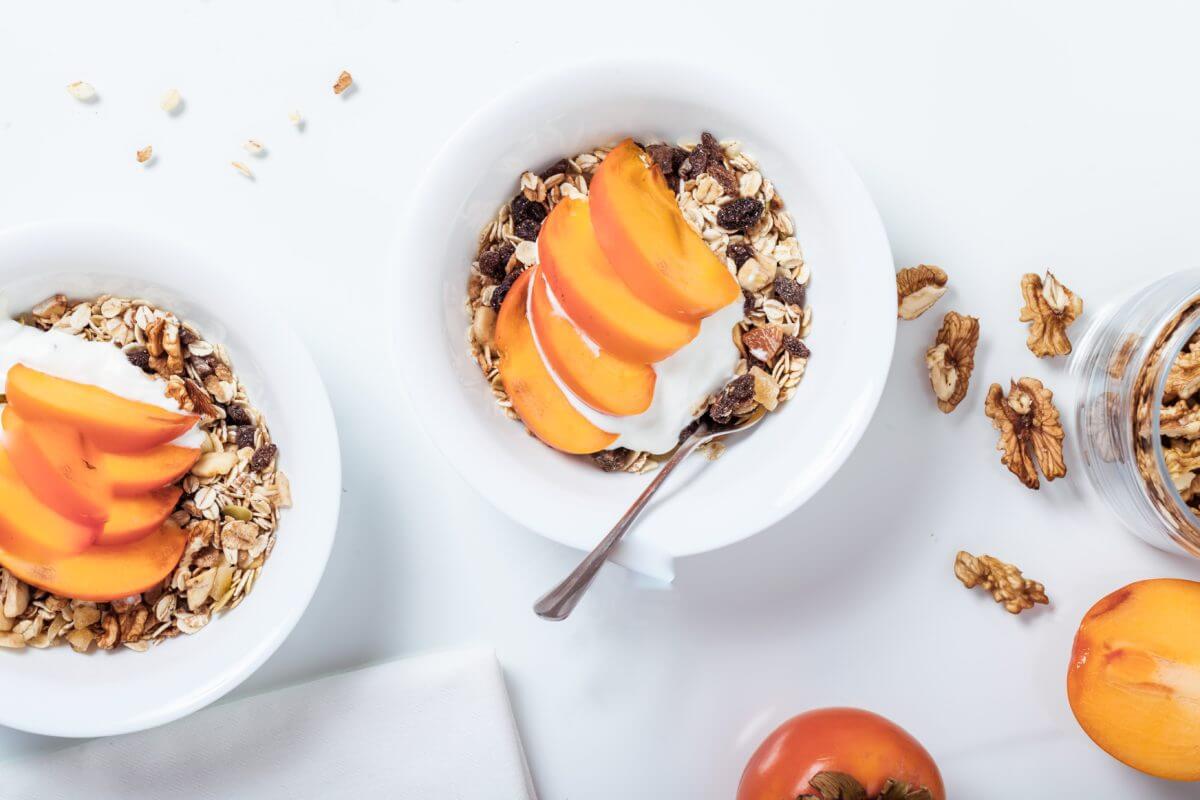


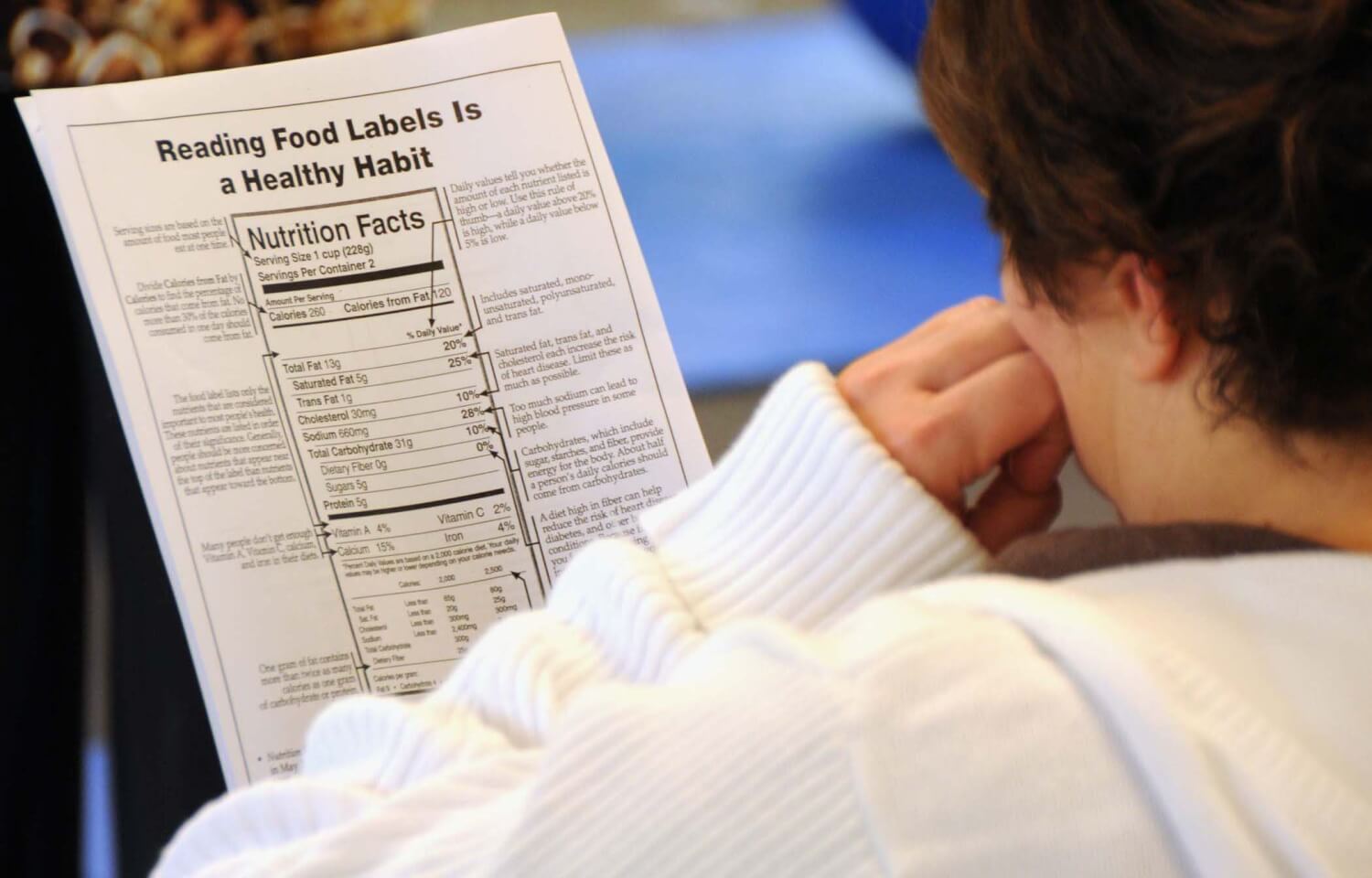












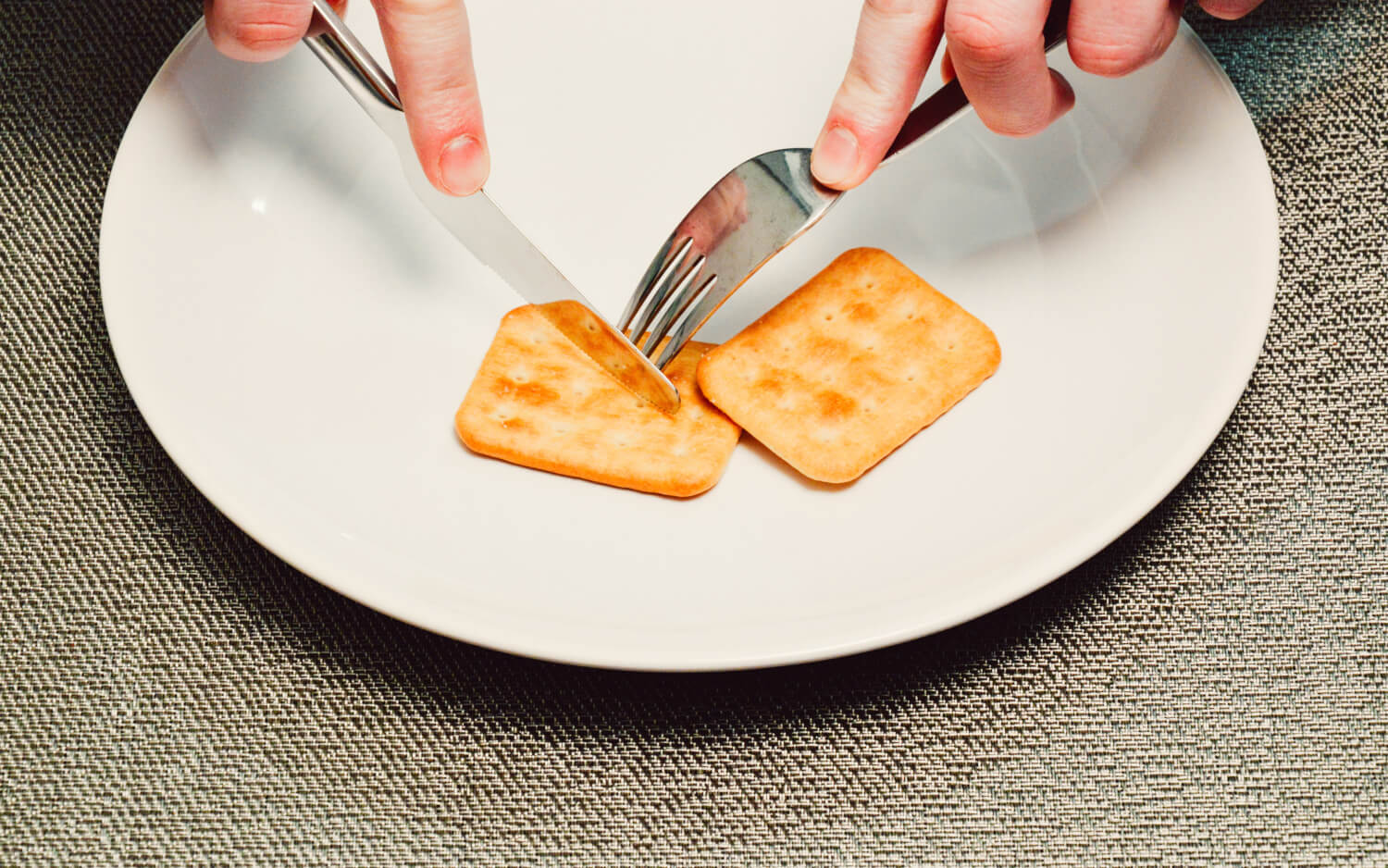







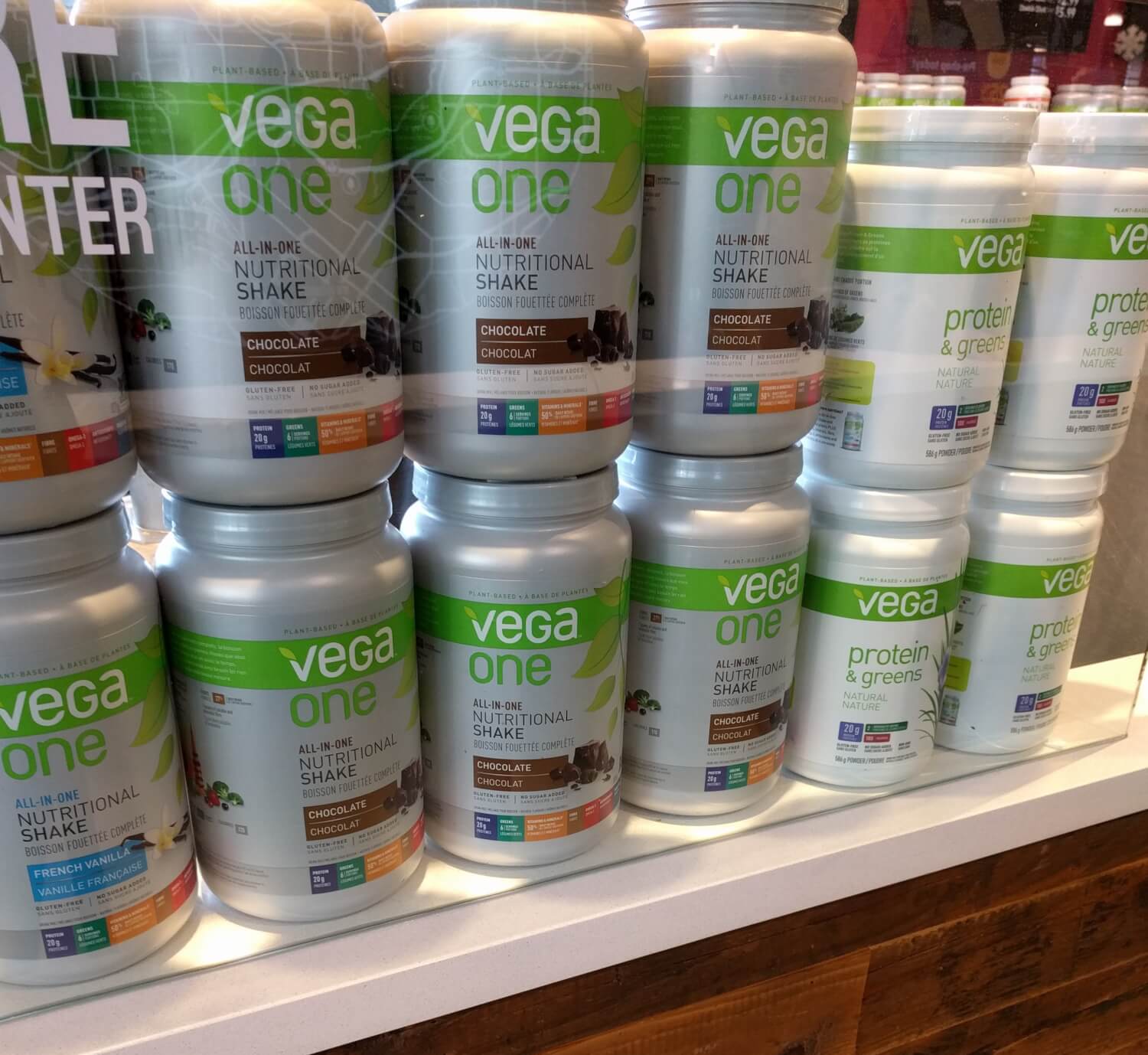






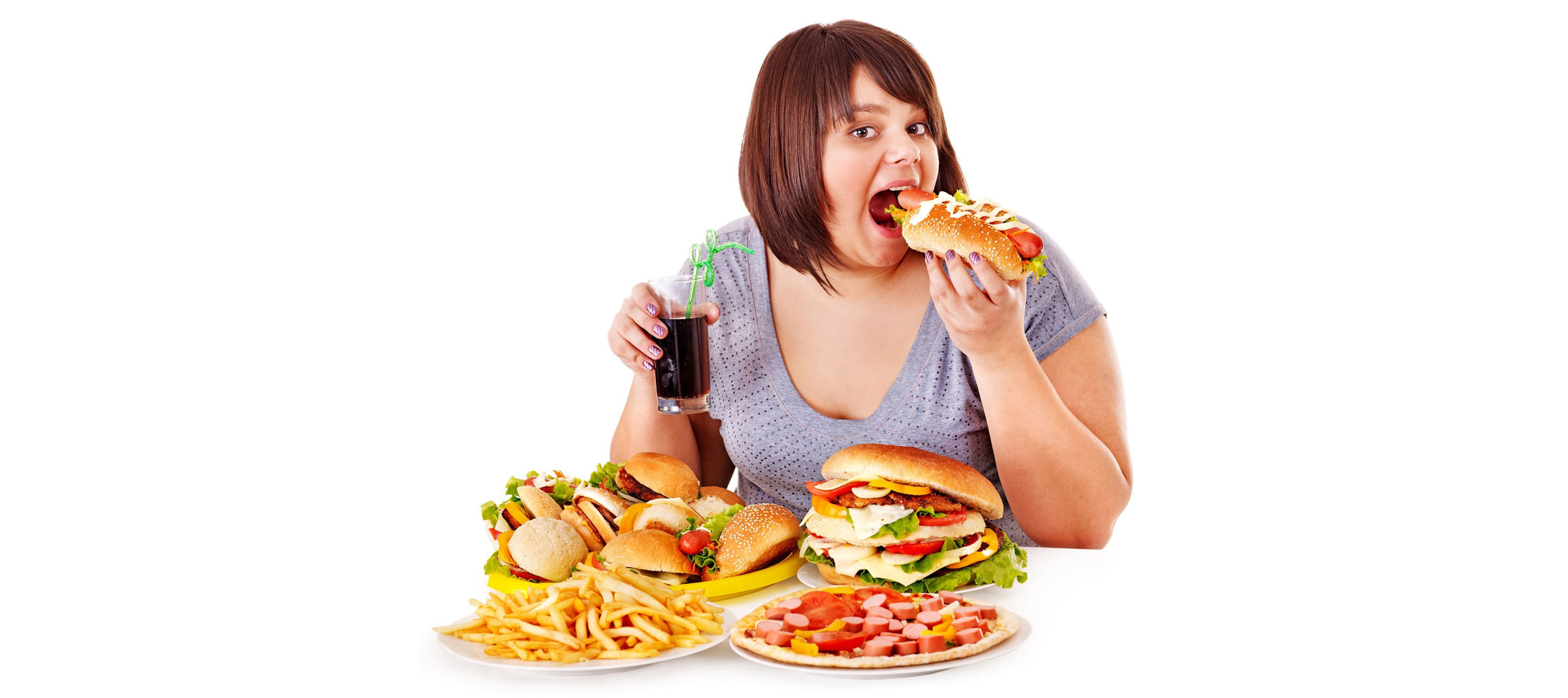


 If that method doesn’t work for you, you can actually
If that method doesn’t work for you, you can actually 
